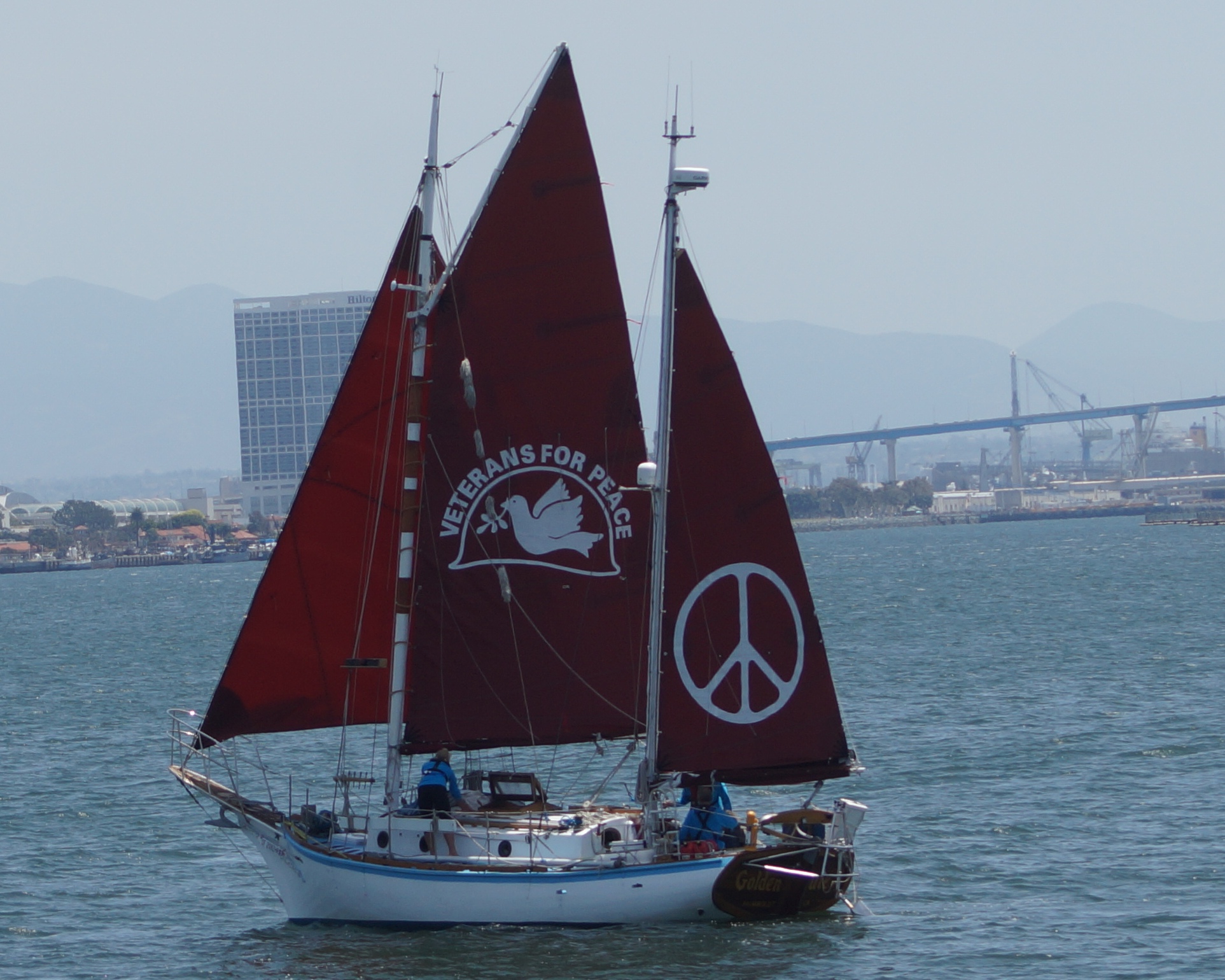25 Oct Historic UNGA vote to mandate 2017 negotiation of nuclear ban treaty
Historic UNGA vote to mandate 2017 negotiation of nuclear ban treaty
Resolution L41, “Taking forward multilateral nuclear disarmament negotiations,” with 48 co-sponsors as of two days ago, is coming to vote sometime between this Thursday, 27 October, and the following Wednesday, 2 November. Citizen diplomats from around the world affiliated with ICAN who are gathered at the UN in New York), believe the most likely date and time for this vote is this Thursday, between 3:00 and 6:00 pm Eastern time.
It is a moment of high drama in disarmament affairs. For the UN to mandate negotiations to ban nuclear weapons – a process now happening, led by non-nuclear states – is unprecedented. It is the most significant development in nuclear disarmament since the end of the Cold War.
This resolution is all but certain to pass. Some 127 countries have pledged to support ban negotiations (or 139, counting the countries which voted for the same pledge in the form of an UNGA resolution last fall), about two-thirds of the 193 UN member states.
This negotiating mandate is a product of the rising multipolar world, as U.S. diplomats recognize to their horror and outrage. Much more than the legitimacy and status of nuclear weapons is in play. As we wrotelast year,
“…the ban process is not just about nuclear weapons. It’s also about power and initiative in world affairs – who has it, and who does not. The ban process, as opposed to other [purely] hypothetical disarmament paths (steps, building blocks, comprehensive binding disarmament treaties, and all other processes which nuclear weapon states can veto) is about who decides whether nuclear weapons are legitimate.
The Washington Post called the ban process an “uprising among civil society groups and the coalition of 107 [now 127] states, which are seeking to reframe the disarmament debate as an urgent matter of safety, morality and humanitarian law.”
A ban treaty would stigmatize and prohibit nuclear weapons, closing the “legal gap” stemming from nuclear weapon state practice and their associated assertion in diplomatic and legal fora that nuclear weapons are completely legitimate weapons – for them, and them only.
It has always been a stated UN goal to eliminate nuclear weapons, going back to the very first resolution of the UNGA in 1946. (It passed unanimously, since it was toothless; text and statements here.)
The political commitments being made in this process are already freshly stigmatizing nuclear weapons. They are bringing into diplomatic consciousness and state policy humanity’s inherent revulsion toward these most heinous weapons of mass destruction. In this process the prestige of nuclear weapons, their paralyzing mystique and their practical power in international relations, are already declining.
As of 21 October the 48 co-sponsors of L41 were:
Angola, Austria, Bahamas, Belize, Brazil, Burundi, Chile, Costa Rica, Democratic Republic of the Congo, Dominican Republic, Ecuador, El Salvador, Fiji, Guatemala, Guinea-Bissau, Honduras, Indonesia, Ireland, Jamaica, Kenya, Liberia, Libya, Liechtenstein, Malaysia, Malawi, Malta, Mexico, Namibia, Nauru, New Zealand, Nigeria, Palau, Panama, Papua New Guinea, Paraguay, Peru, Philippines, Samoa, San Marino, Sierra Leone, South Africa, Sri Lanka, Swaziland, Thailand, Trinidad and Tobago, Uruguay, Venezuela, Zambia.
The resolution’s operative paragraphs mandate “a United Nations conference to negotiate a legally binding instrument to prohibit nuclear weapons, leading towards their total elimination,” to occur “from 27 to 31 March and from 15 June to 7 July 2017, with the participation and contribution of international organizations and civil society representatives.”
Crucially, treaty negotiations would occur under General Assembly rules – that is, without a consensus requirement or veto option for a privileged few, “unless otherwise agreed by the conference.” Creating a negotiating forum without a de facto veto rule has been a major goal of the resolution’s sponsors and this is therefore unlikely to change.
L41 requires the conference to “submit a report on its progress to the General Assembly at its seventy-second session [autumn 2017], which will assess the progress made in the negotiations and decide the way forward” – by majority rule, again.
“The resolution,” as ICAN notes, “acts on arecommendation made in August by a UN open-ended working group on nuclear disarmament in Geneva. More than 100 nations participated in the working group, with an overwhelming majority expressing their support for the prohibition of nuclear weapons as a first step towards elimination.”
The basic case for a nuclear ban treaty can be foundhere, with links to further information.
Many may find the recent UN press conference on 14 October discussing the ban with Beatrice Fihn, ICAN’s Executive Director, and Professor Matthew Boltonfrom Pace University, to be both interesting and accessible.
ICAN staff have been live-blogging highlights from the debate. Reaching Critical Will (RCW) has captured and posted many countries’ statements here.
Or you can cut to the chase and read Wildfire’s funny (but erudite, wholly accurate, and concise) analyseshere.
Needless to say, the U.S. strenuously opposes any ban treaty and indeed the whole process, which it has vowed to boycott. On Friday Foreign Policy ran a good article by Colum Lynch (“U.S. Seeks to Scupper Proposed Ban on Nuclear Arms”) on U.S. opposition, with this rather sad lede: “Almost eight years after President Barack Obama pledged in a landmark speech in Prague to seek “a world without nuclear weapons,” U.S. diplomats are mounting an aggressive campaign to head off a bid by non-nuclear states to ban such atomic arms.” One of Lynch’s anonymous informants spoke of threats: “Washington has warned states considering voting in favor of the resolution that a ban could jeopardize defense arrangements with allies around the globe.” The hostility and aura of threat in the statements of the U.S. and the U.K. in particular were hard to mistake.
What Lynch did not say was what Assistant Secretary of State Thomas Countryman told me (Mello) in August: the U.S. fears the democratic “pressure” a ban will place on our allies, especially in Europe, to rid themselves of nuclear weapons, both physically and in terms of nuclear “umbrella” agreements, while little or no such “pressure” will appear in Russia or China.
Faith communities and ecumenical councils such as the World Council of Churches have been very active and effective participants in this process. Especially here in New Mexico it is important to note the very clear position of the Catholic Church. This past Monday, for example, the Holy See called nuclear deterrence a “tragic illusion.” “Nuclear arms offer a false sense of security and the uneasy peace promised by nuclear deterrence is a tragic illusion,” said the Vatican, as the Catholic News Agencyreported. (Original statement here in French.) “‘The indefinite possession of nuclear weapons is morally wrong,’ an affront to the ‘entire framework of the United Nations’ and a contradiction to its vocation of service to humanity and the global common good,” the agency reported.




Sorry, the comment form is closed at this time.